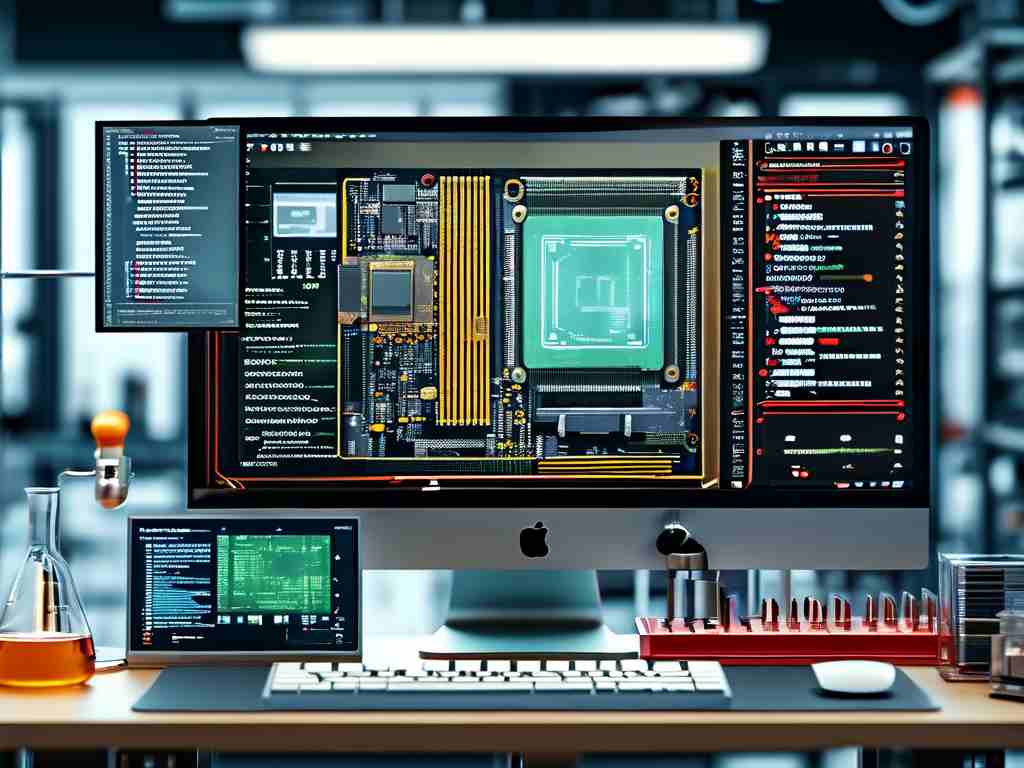Embedded development often encounters crashes that halt progress and frustrate engineers. These failures stem from intricate interactions between hardware and software, demanding thorough analysis to resolve. Common causes include memory corruption from improper pointer handling, which can overwrite critical data structures. For instance, a null pointer dereference in C code might trigger a segmentation fault, crashing the system instantly. Another frequent culprit is stack overflow, where recursive functions or excessive local variables exhaust limited memory resources on embedded devices. Hardware issues like unstable power supplies or faulty peripherals exacerbate such problems, making diagnostics challenging in resource-constrained environments. Understanding these root causes is vital for effective troubleshooting.

Debugging embedded crashes requires specialized tools and methods. Using a JTAG debugger allows real-time inspection of registers and memory, helping pinpoint exact failure points. Software-based approaches, such as integrating logging frameworks, capture runtime events for post-mortem analysis. For example, adding printf statements in strategic code sections can reveal variable states before a crash. GDB, the GNU Debugger, is invaluable for stepping through code and identifying logical errors. Consider this simple C snippet that might cause a crash due to an uninitialized pointer:
#include <stdio.h>
int main() {
int *ptr; // Uninitialized pointer
*ptr = 10; // Dereference causes crash
return 0;
}
Running this on an embedded target often results in a hard fault, emphasizing the need for defensive programming. Static analysis tools like Clang or Coverity can catch such issues early by scanning code for vulnerabilities before deployment. Additionally, implementing watchdog timers helps recover from hangs by resetting the system if processes stall, minimizing downtime in critical applications like automotive or IoT devices.
Preventing crashes involves adopting robust development practices. Code reviews with peers uncover hidden flaws, while unit testing frameworks such as CppUTest validate individual modules under simulated conditions. Employing memory-safe languages like Rust reduces risks, though C/C++ remains prevalent in embedded work. For instance, using static analyzers during build processes flags potential overflows or leaks. Stress testing under extreme scenarios, such as low-memory environments or high interrupt loads, ensures resilience. Real-world examples include aerospace systems where redundant checks prevent single points of failure. Finally, continuous integration pipelines automate testing, catching regressions early.
In , addressing embedded development crashes demands a holistic approach combining debugging tools, preventive coding, and rigorous testing. By learning from failures, engineers build more reliable systems, advancing innovation in this dynamic field.









